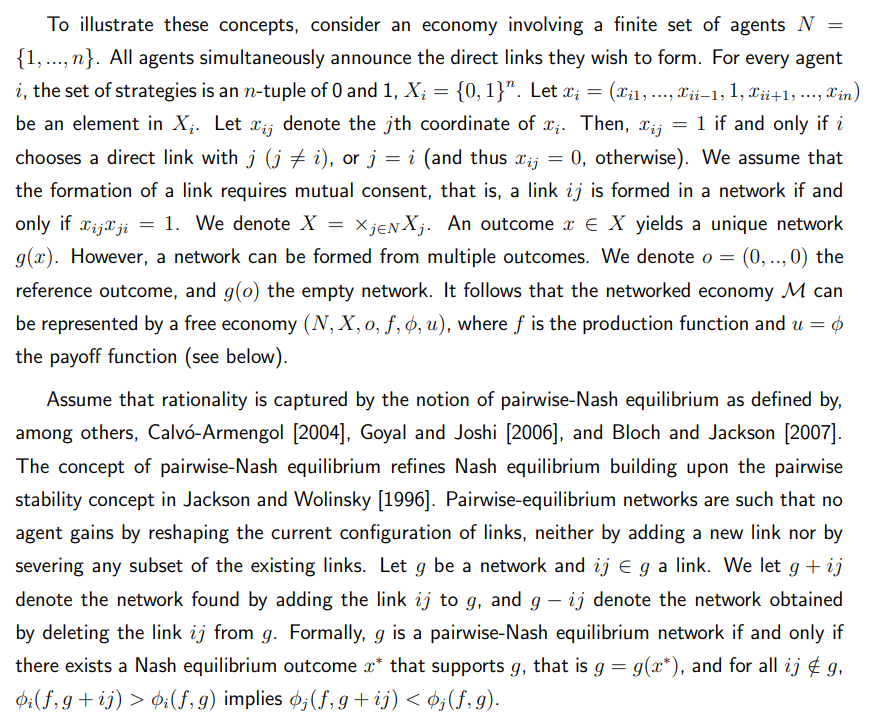Advanced Micro Devices (NASDAQ: AMD) exploded on Monday, October 6, after the company announced a new partnership with OpenAI.
As part of the deal, OpenAI will deploy up to 6 gigawatts (GW) of AMD Instinct GPUs and be allowed to buy up to 160 million AMD shares at $0.01 each (roughly 10% of the company).
Hailed as a move that could generate billions in new revenue, the news lifted AMD’s market capitalization beyond $300 billion and propelled the stock to $209.21 at press time, up 27.05% on the daily chart.
AMD price prediction October 2025
While the news has come just as the demand for artificial intelligence (AI) infrastructure is surging again, the scope of the endeavour is vast, and both parties will face enormous costs and scrutiny to meet aggressive timelines, all while competing with the likes of Nvidia (NASDAQ: NVDA).
Accordingly, Finbold consulted its AI Signals machine learning tool to predict an average AMD stock price target for October 31 by integrating large language models (LLMs) with momentum-driven market technical indicators.
Judging by the projections, the chipmaker’s shares will likely go on a downward spiral in the following weeks, trading at $174.12 by the end of the month, a -18% downside potential from the current levels.
AMD October 2025 forecast. Source: Finbold SignalsWhat’s striking is that all three LLMs used to generate the price were about equally as bearish. GPT-4o had the lowest target of $172.25 (-18.88%), followed by Claude Sonnet 4’s $174.85 (-17.65%) and Grok 3’s $175.25 (-17.46%).
The numbers are thus the opposite of what one would expect following what OpenAI chief executive Sam Altman called “a major step in building the compute capacity needed to realize AI’s full potential.”
However, while the machine learning algorithm might not share the same opinion, some analysts are already upgrading their outlooks on AMD shares, with Barclays raising its price target from $200 to $300 earlier today.
Featured image via Shutterstock
Source: https://finbold.com/machine-learning-algorithm-predicts-amd-stock-price-on-october-31-2025/


